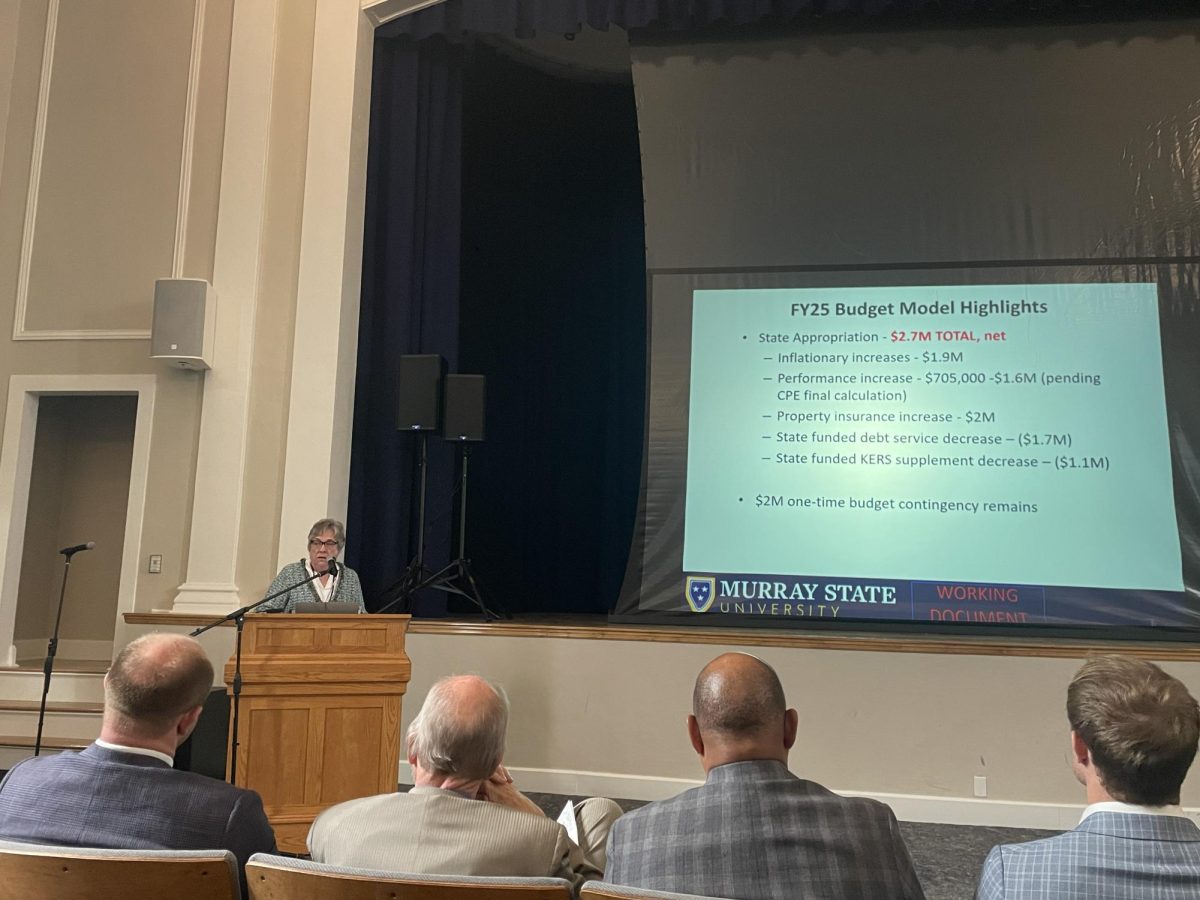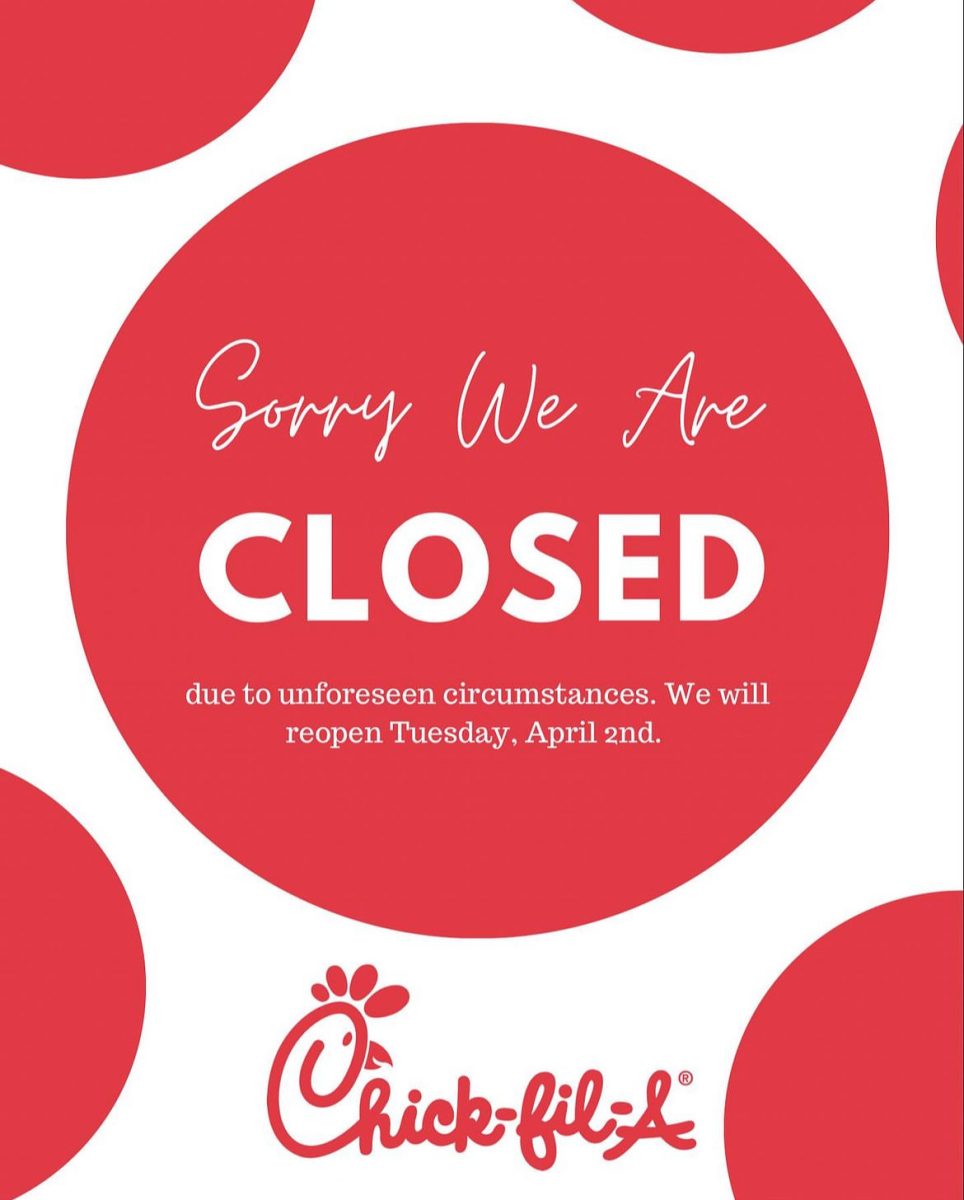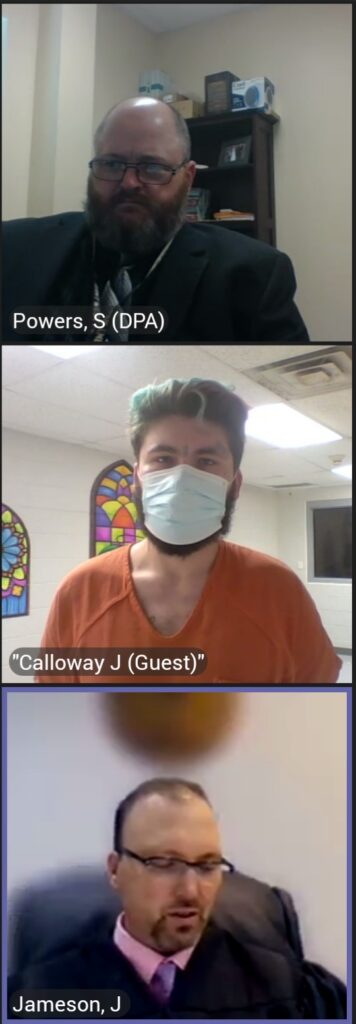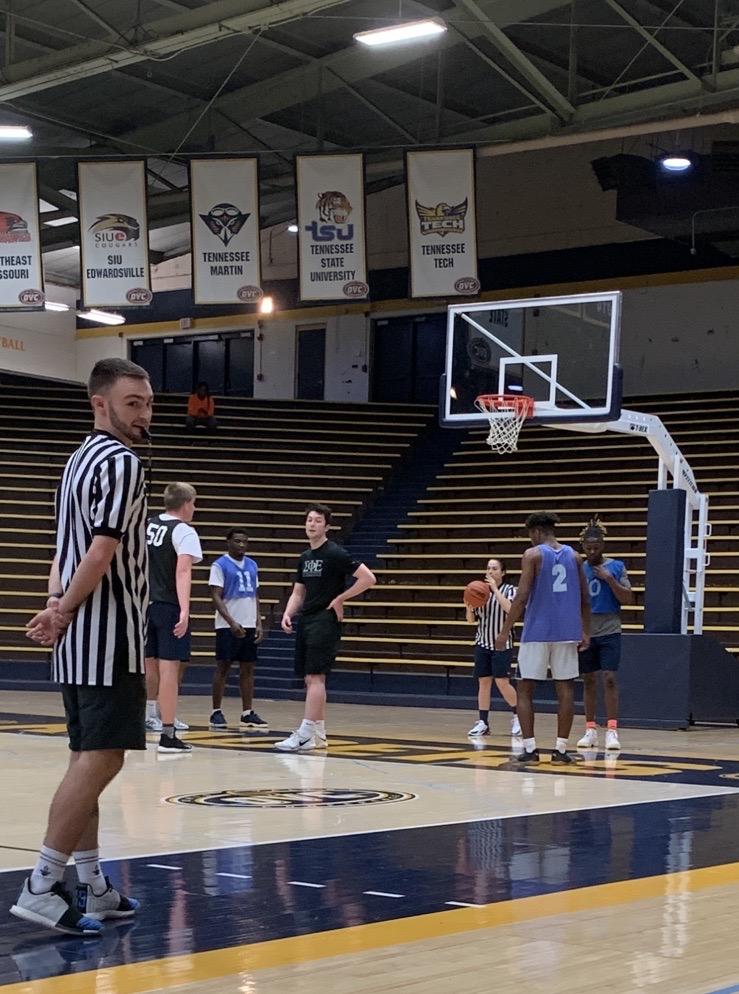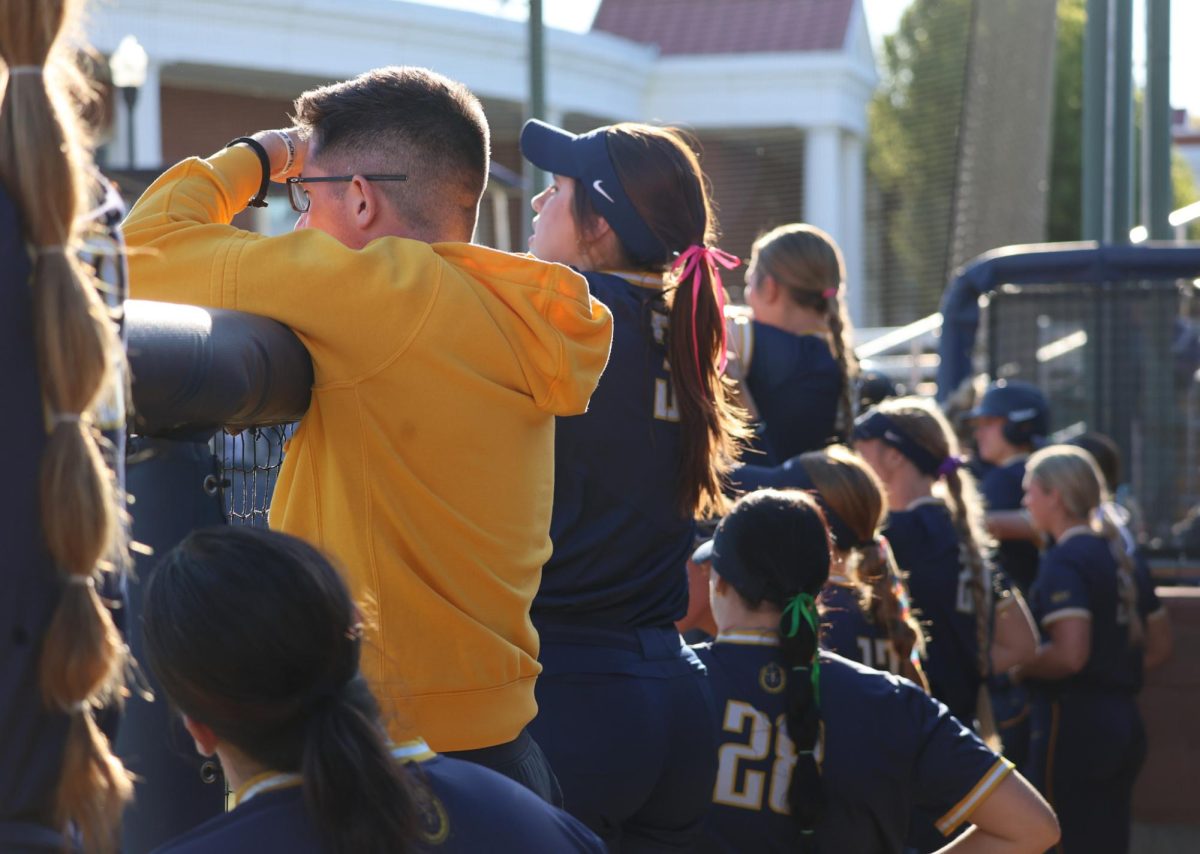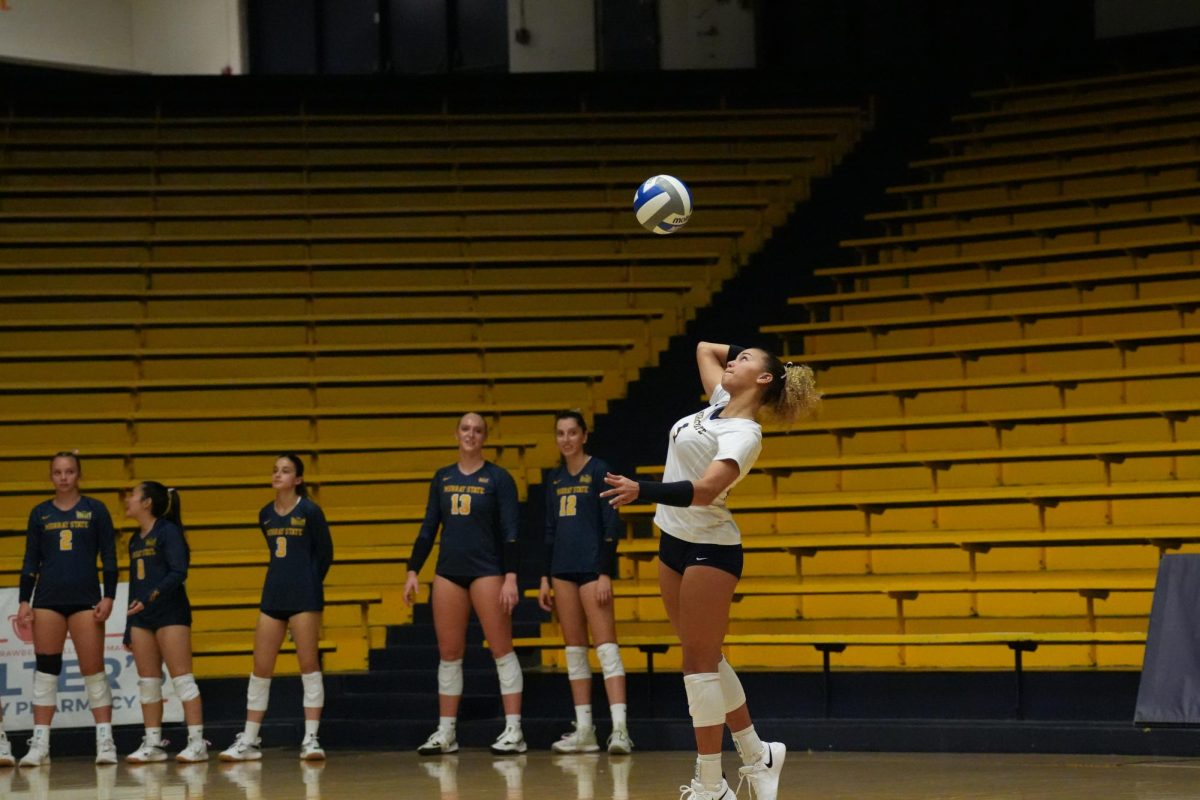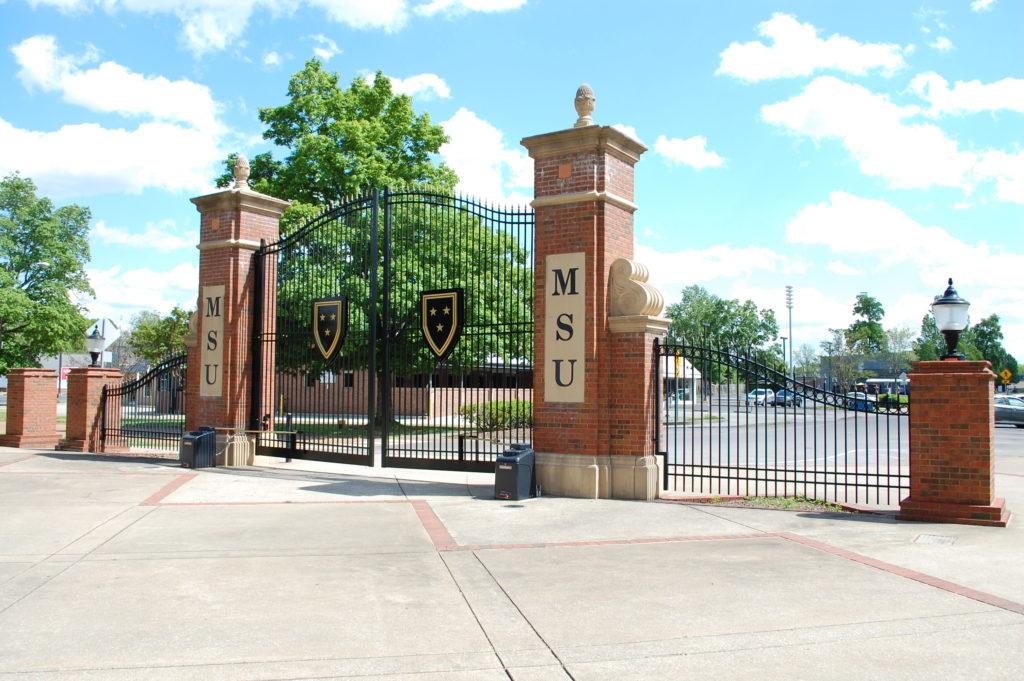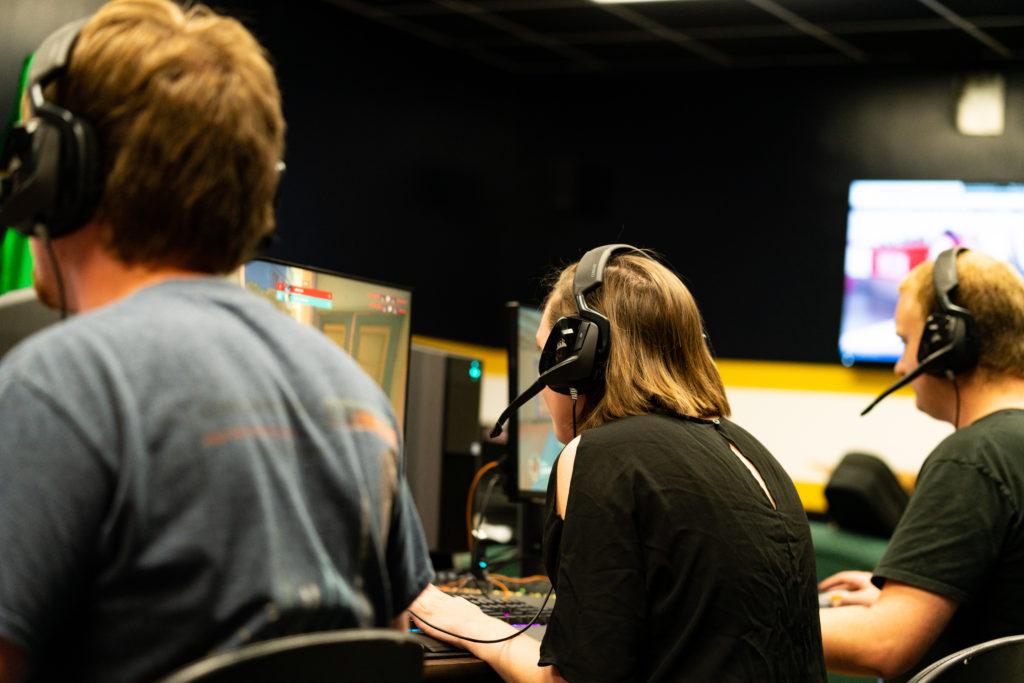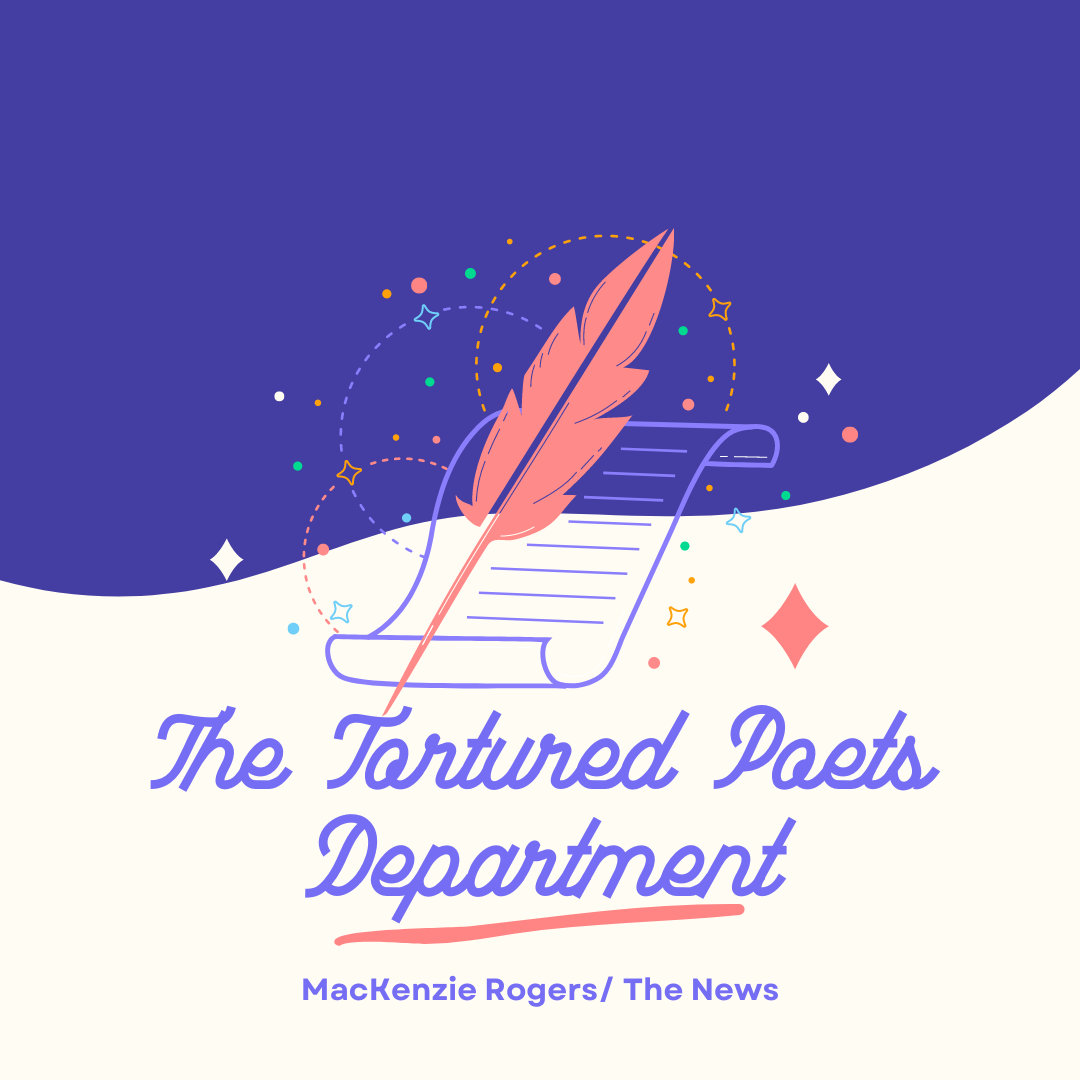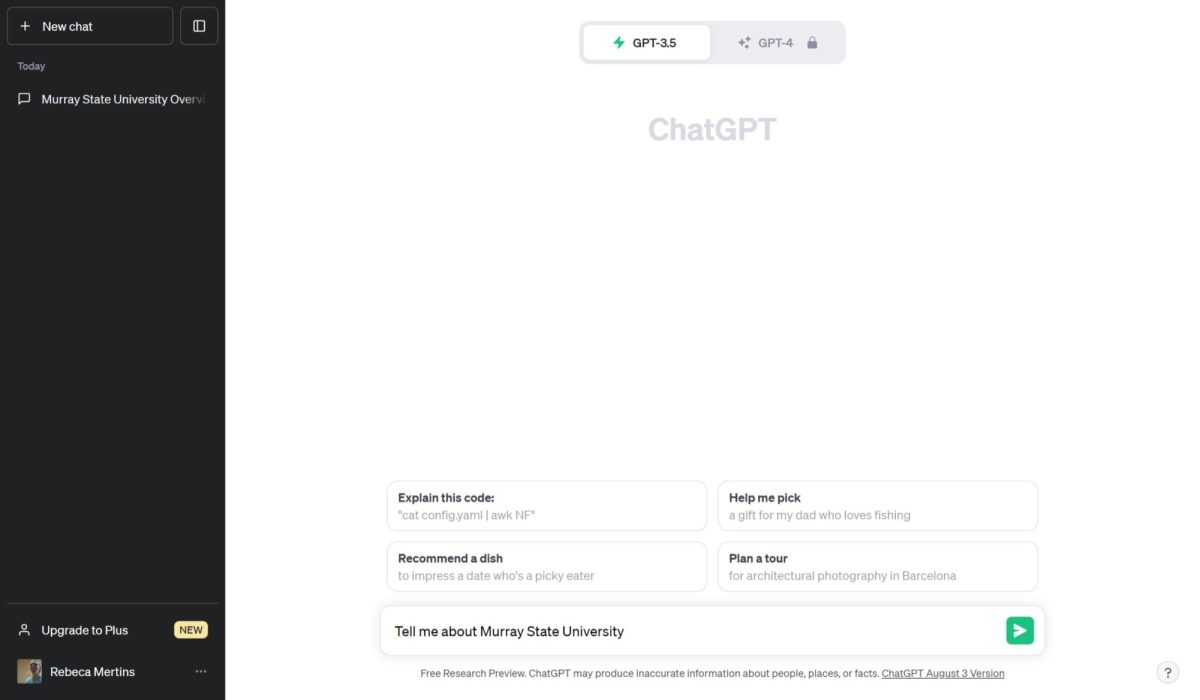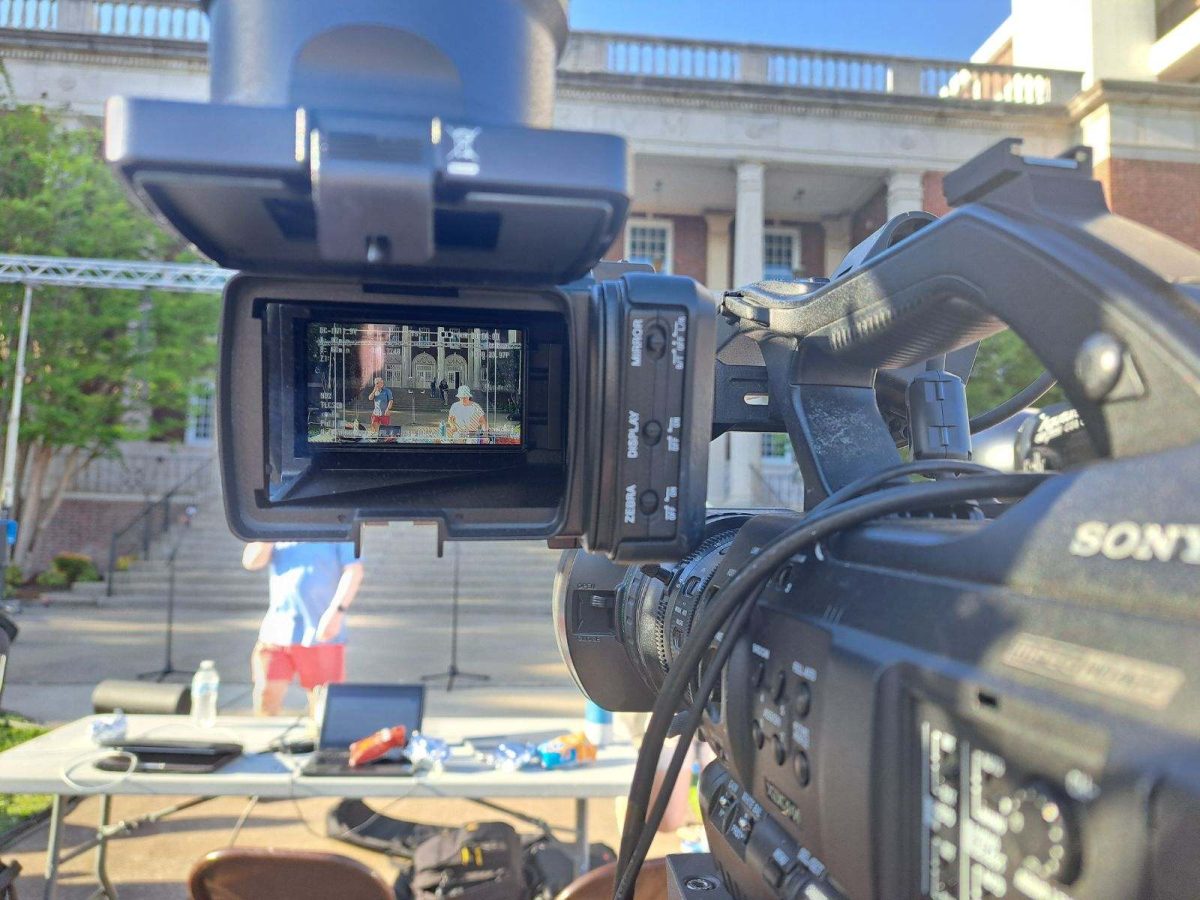Artificial Intelligence programs have caused a frenzy within higher education, due to the many unknowns with using the software. AI has caused a debate within higher education on its use and potential impact on academic integrity.
The University recently added a new clause in the syllabus that addresses the use of AI in the classroom.
Ashley Ireland, assistant provost and director of online learning, said AI is uncharted territory, and it is a higher educational institution’s job to determine what is acceptable for use among students, faculty and staff.
“For some, AI offers a tremendous opportunity to streamline onerous tasks, and is similar to other advances in technology such as the calculator or Wikipedia. For others, it is terrifying, with the potential to transform our society as we know it,” Ireland said. “Much of the conversation around AI in higher education has revolved around the potential for cheating among students, but the reality is that AI has the potential to transform the employee experience as well.”
Some universities are starting to incorporate AI to provide administrative, teaching, learning and research support, according to Inside Higher Ed.
“These transformative processes have the potential to redefine and reduce the number of positions in areas such as admissions, administrative support, instructional design, teaching and information technology support,” according to Inside Higher Ed. “With the continued advancement of AI-generated multimodal content, as demonstrated by the recent release of ChatGPT-4, the efficiency and productivity of these areas will continue to improve.”
Miguel Gomez, middle school education program coordinator, said he finds AI to be a useful tool, especially in the classroom.
“I think it’s an opportunity to leverage new technology, to have meaningful experiences or with concepts and ideas that you’re wrestling with in ways that you weren’t able to do before,” Gomez said. “It’s an opportunity to expand what is possible in the classroom.”
Gomez teaches a class that discusses how teachers can use AI, its concerns and how to create activities for students around AI tools.
Gomez proposed an assignment where students debate the AI about a specific book. Teachers would analyze the transcript from the students’ conversation with the AI and grade them based on their questions and answers.
“If a student were to sit and have a conversation with an AI, and ask ‘what do you think the flaws of these two characters are’ and it comes back, and then the teacher tells students their assignment is to debate the AI,” Gomez said. “Now you’re talking about the highest level of learning,” Gomez said. “They’re producing knowledge, creating it, synthesizing and analyzing an education.”
Articles from Inside Higher Ed allude to the impact AI tools may have on academic integrity.
Ireland said depending on the work, AI could be beneficial to some individuals.
“A great example would be with basic communication, such as in a chatbot on one of our pages to answer common questions. It may help faculty reframe or refresh an assignment that they’ve used for a long time that has declined in effectiveness over the years,” Ireland said. “On the other hand, it would be highly inappropriate for us to grant promotion and tenure to faculty members who have used AI-generated content to publish false or misleading publications, just as it would be inappropriate for us to grant degrees to students who were expected to complete coursework in a certain way and violated that expectation.”
Ireland does warn students who use AI tools to complete assignments.
“Students must understand what their instructors expect of them before engaging in the use of these tools,” Ireland said. “Use of AI could be encouraged, but it could also mean failure for the entire course. The responsibility to know the difference and to comply is on the student.”
Turnitin, a plagiarism detection program, released an AI detector during Spring 2023. This new feature is designed to look for redundancy, certain writing structures and how writing overlaps with existing content. These indicators help determine whether the submission is an AI generated piece or not.
Gomez said while AI provides teachers with a great tool to enhance their teaching, some teachers may rely on it too much.
“I guarantee there’ll be some teachers who grab this and their ability to think creatively will get worse, because they’ll use this as a crutch,” Gomez said. “The argument that it has the potential to make an impact, we need to plan for that and address it.”
The University takes academic integrity seriously. Any student caught using an AI tool, without instructor approval, will go before the academic council to determine the severity of the punishment.



